Tarragon

Safflower (Carthamus tinctorius) is a highly branched, herbaceous plant known for its vibrant yellow, orange, or red flowers. It has been cultivated for centuries for its seeds, which are used to produce safflower oil, a popular cooking oil, and for its flowers, which are used as a natural dye. The plant is drought-resistant and thrives in arid and semi-arid regions, making it a valuable crop in dry climates.
1. Size:
- Safflower plants typically grow to a height of 1 to 4 feet (30 to 120 cm), with a spread of about 1 to 3 feet (30 to 90 cm). The plant has a sturdy, upright stem with many branches.
2. Color:
- The flowers of the safflower plant are bright and vibrant, typically ranging from yellow to orange and red. The seeds are white, and the leaves are green with spiny edges.
3. Texture:
- The leaves of the safflower plant are rough and spiny, while the flowers have a soft, slightly papery texture. The seeds are smooth and hard.
4. Fragrance:
- Safflower flowers have a mild, earthy scent, while the seeds are generally odorless.
5. Uses:
- Safflower oil, extracted from the seeds, is used in cooking, particularly for frying and salad dressings. The petals are sometimes used as a substitute for saffron in cooking.
- Traditionally, safflower is used to treat conditions such as fevers, heart disease, and menstrual problems. It is also used in Chinese medicine to invigorate the blood and alleviate pain.
- Safflower flowers have been used for centuries to produce a natural dye for textiles and cosmetics.
- Safflower is often grown as an ornamental plant for its bright flowers and drought tolerance.
6. Habitat:
- Safflower thrives in well-drained, fertile soils and is typically grown in arid and semi-arid regions. It is commonly cultivated in areas with hot, dry climates, including parts of the Middle East, India, and the southwestern United States.
7. Cultural and Spiritual Significance:
- In some cultures, safflower is associated with love and happiness. It has been used in traditional rituals to promote these qualities.
- Safflower has a long history of use in textile dyeing, particularly in regions such as India and the Middle East. The bright colors produced by safflower dyes are valued for their vibrancy and staying power.
Spiritual Properties
- Symbol of Wisdom and Protection: Tarragon has been associated with wisdom and protection in various cultures. In medieval Europe, it was believed to ward off dragons and serpents, which is reflected in its name “dragon herb.”
- Traditional Uses in Rituals: Tarragon has been used in traditional rituals to promote courage and strength. It was also believed to bring protection and ward off negative energy.
Medicinal Properties
- Digestive Aid: Tarragon is known for its ability to stimulate appetite and improve digestion. It has been used to relieve indigestion, bloating, and gas.
- Anti-inflammatory: Tarragon contains compounds that have anti-inflammatory properties, making it useful in treating conditions like arthritis and sore muscles.
- Mild Sedative: Tarragon has been used to promote relaxation and treat insomnia due to its mild sedative effects. It can be used in teas or as an essential oil for this purpose.
- Antioxidant: The herb is rich in antioxidants, which help protect the body from oxidative stress and may reduce the risk of chronic diseases.
Allergic Reactions
Tarragon is generally safe for consumption and handling when used in moderate amounts. However, some individuals may experience allergic reactions.
- Skin Sensitivity: Handling fresh tarragon leaves or essential oil may cause skin irritation in sensitive individuals. Symptoms could include redness, itching, or a mild rash.
- Respiratory Issues: Inhaling the aroma of tarragon or its essential oil may cause respiratory discomfort in people with asthma or other respiratory conditions.
- Digestive Issues: Consuming large amounts of tarragon may lead to digestive discomfort, including nausea, vomiting, or diarrhea. It is recommended to use the herb in moderation.
- Interaction with Medications: Tarragon may interact with blood-thinning medications, so individuals on such treatments should consult a healthcare professional before using it in large amounts.
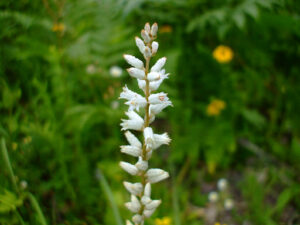
True Unicorn Root
True Unicorn Root The overall appearance of hibiscus flowers is bold and exotic, making them a popular choice for gardens, decorations, and floral arrangements. Their
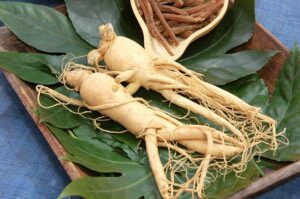
Ginseng Panax
Ginseng Panax Panax Ginseng, also known as Asian Ginseng or Korean Ginseng, is a perennial plant native to East Asia. The root is the most
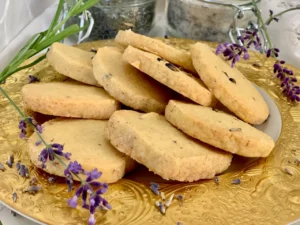
Lavender-Infused Herbal Cookies for Relaxation
Lavender-Infused Herbal Cookies for Relaxation These lavender-infused cookies provide a delicious way to relax and unwind. Perfect for a calming snack before bed or a
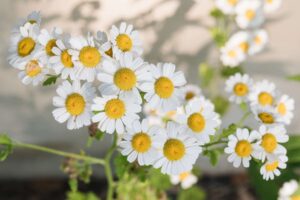
Chamomile Flowers
Chamomile Flowers Chamomile Flowers are small, daisy-like blossoms known for their soothing and calming properties. These flowers have been used for centuries in herbal medicine,

Safflower
Safflower Safflower is a vibrant herb known for its bright yellow, orange, or red flowers, which are harvested for their seeds and petals. The plant
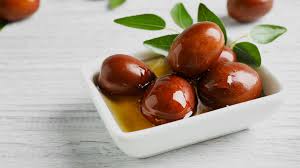
Jojoba
Jojoba Jojoba (Simmondsia chinensis) is a perennial shrub native to the arid regions of the southwestern United States and northern Mexico. The plant is best